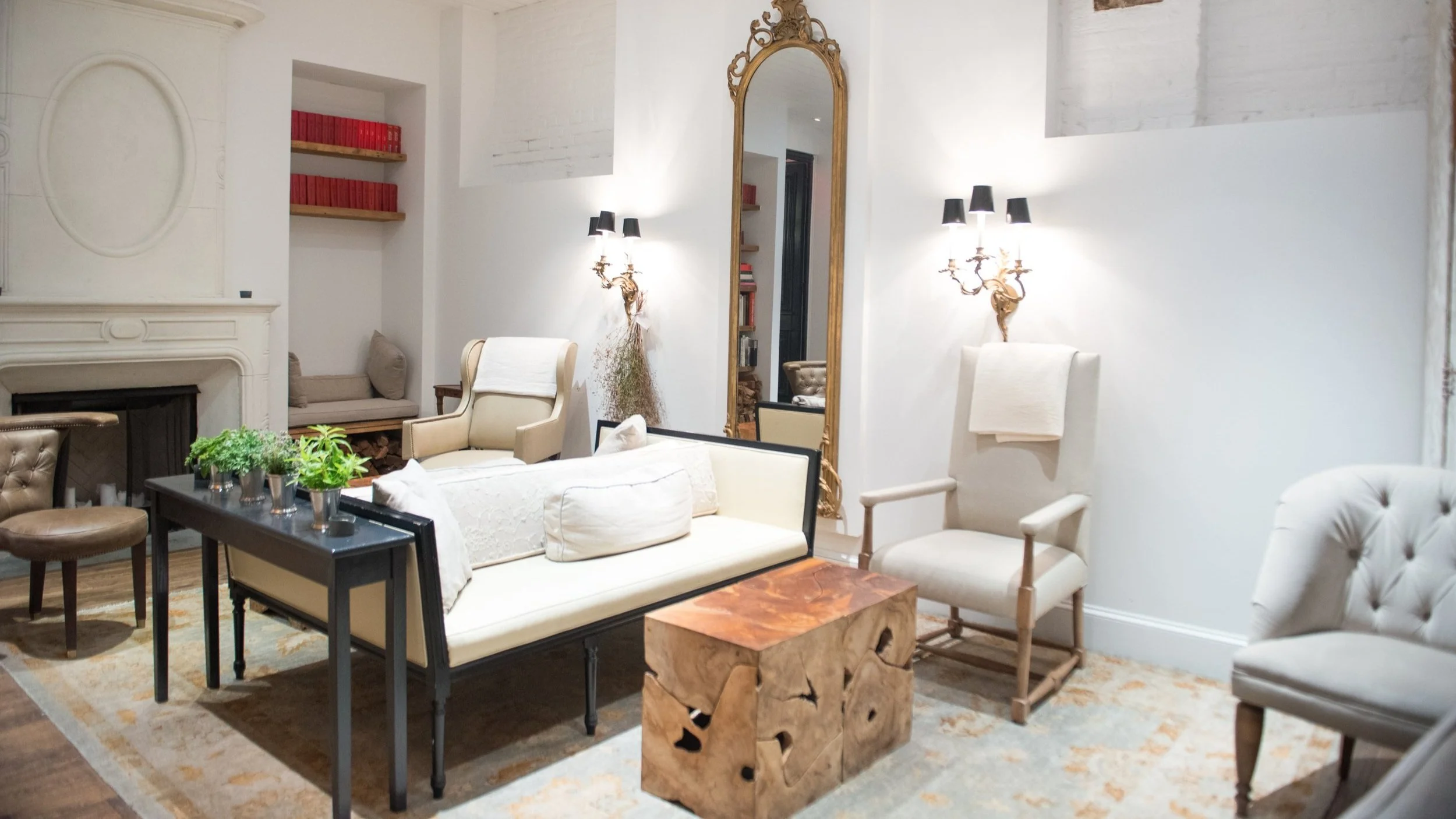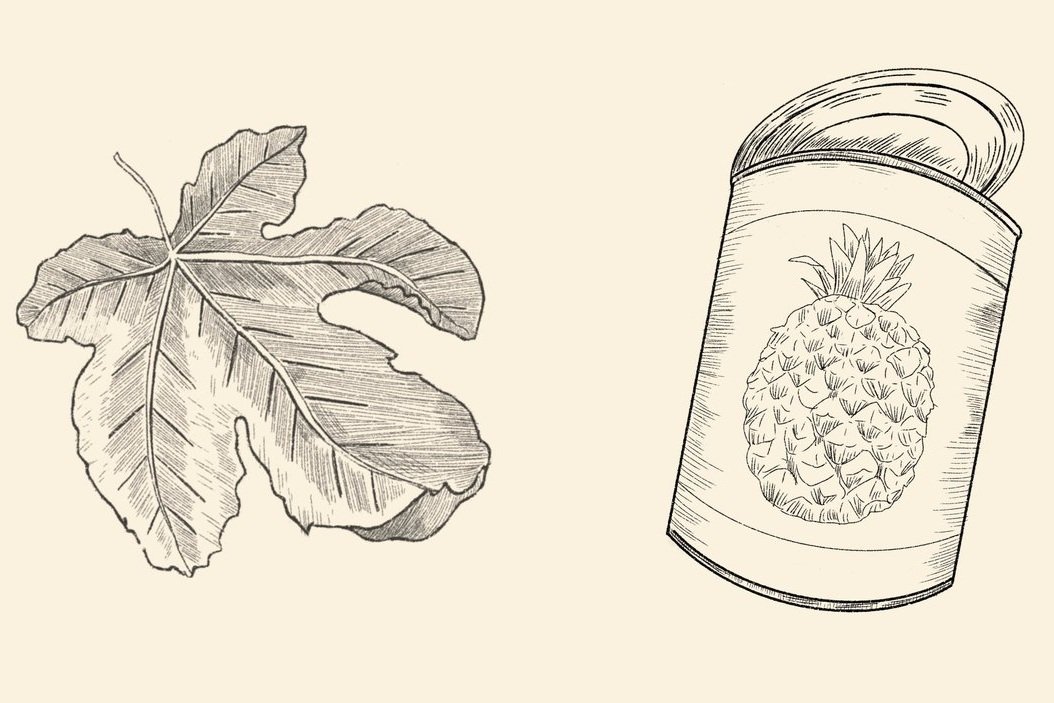Casual Collisions in the Kitchen
The Métier and Kinship kitchen was designed for maximum collaboration between pastry and savory.
No one puts Pastry Chef Anne Specker in a corner. And that’s by design. When Eric Ziebold built the kitchen at Métier and Kinship, he purposely planned it to be one large open space. “Usually the pastry kitchen is in a separate room or around a corner, but [Ziebold] places a lot of stock in ‘casual collisions’,” says Specker. That’s the idea popularized by Google that a workspace should allow for colleagues to overhear each other, thus sparking innovation and spontaneous brainstorming. “Given that I’m just two stations over, he can turn to me anytime and ask, ‘How would you do this?’ whenever he’s thinking about a dish.”
And it’s not just Specker off ering a second opinion—anyone in earshot is welcome to collaborate. “He’ll pose a question to any of his sous chefs, and we talk through a possible means of execution.” To keep the flow of ideas rapidly evolving, one other concept has proved useful in this integrated kitchen. Specker says she and Ziebold have a “human capital” approach to hiring. “If we find someone we think would be a great addition to the kitchen, we bring them on board even if we don’t necessarily have a spot for them.”
That hiring style once led to a surplus of pastry cooks at the same time the savory team was a little light. To put hands to use, Specker designed a canapé service to open the tasting menu at Métier. “It’s interesting to me to think about applying pastry techniques to a different course or to different flavors.” One of the staples of that canapé course is savory pâte de fruit, boasting flavors like lemon dotted with olive oil jam and candied olives, and Thai curry garnished with salted coconut cream and candied chiles (get the recipe here). To achieve the perfect balance of savory and sweet, Specker reduced the sugar and played with different types of pectin until she found one that provided the chew she liked best. She’s also offered low-sugar chickpea sablés topped with grilled kohlrabi, among other combinations.
Canapés at Metier in Washington, D.C.
Pastry Chef Anne Specker
To approximate a bread Ziebold experienced in Europe, Specker developed vinschgauer for the menu. “Chef had this food memory of being in Bordeaux and eating mussels with this dark, spiced bread to soak up the [mussel broth].” Ziebold’s description reminded Specker more of central European tradition than French, and she landed on Austrian Alpine vinschgauer with its fennel seed and blue fenugreek. She tinkered with spices and hydration levels until the bread satisfied Ziebold’s flavor memory. The loaf is now a regular player on the menu, accompanying any course presented with a boldly flavored broth just begging to be sopped up.
Signs of savory make their way into the dessert course too: things like coriander crémeux and cilantro-lime sherbet appear alongside strawberry meringues. Specker likes the way that salty crystals of aged cheese can accent something sweet. There’s really no loss for experimentation in her kitchen. And if she’s ever stumped for a pairing or garnish, a team of cooks—all with different backgrounds, viewpoints, and food memories—is right there beside her, ready and willing to offer up a second set of eyes.









